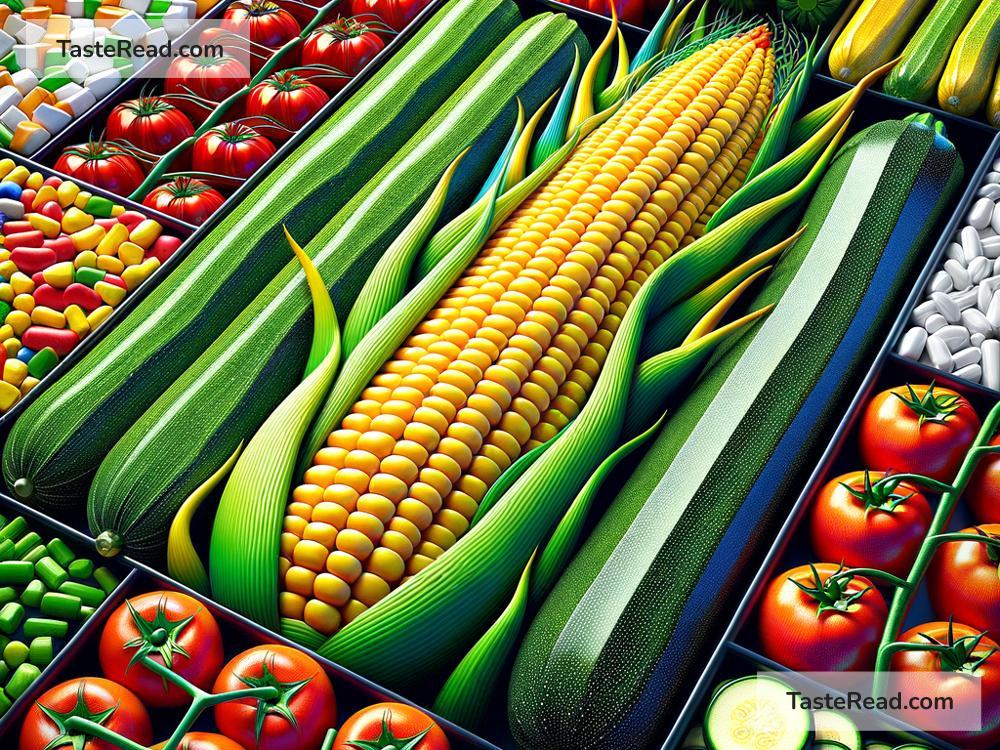The Impact of GMOs on Nutritional Quality
Genetically Modified Organisms, or GMOs, have been a topic of debate for years. Some people see them as a solution to world hunger, while others worry about their safety and impact on the environment. Among the many discussions about GMOs, one important question is: How do GMOs affect the nutritional quality of our food? In this blog, we’ll explore the basics of GMOs and their impact on the nutrients we get from the food we eat — all in simple words.
What Are GMOs?
GMOs are plants, animals, or other organisms that have been changed using genetic engineering. Scientists take desirable genes from one organism and insert them into another. This process is done to make crops grow better, resist pests, tolerate bad weather, or last longer during storage and transport.
For example, scientists have created corn that produces its own pest-fighting compounds, so less pesticide is needed to grow it. Another example is soybeans that were modified to resist herbicides, making it easier for farmers to remove weeds while keeping the crop healthy.
But how do these “super crops” affect their nutritional value? Does genetic modification make food more nutritious, less nutritious, or leave it about the same? Let’s take a closer look.
Can GMOs Improve Nutritional Quality?
Yes, one of the goals of genetic engineering is to improve the nutrition in foods. Scientists have successfully created genetically modified crops that contain higher levels of important nutrients. Here are some examples:
-
Golden Rice: Golden rice is a type of rice modified to contain more vitamin A. Vitamin A is essential for healthy vision, immunity, and overall health. This GMO crop is designed to help people in regions where vitamin A deficiency is common, such as parts of Asia and Africa.
-
High-Oleic Soybeans: These modified soybeans produce healthier oils that have less saturated fat and more heart-friendly monounsaturated fat. By improving the quality of cooking oils and processed foods, GMOs can make everyday diets healthier.
-
Iron-Enriched Wheat: Scientists are working on genetically modified wheat with higher levels of iron. Iron is an important nutrient for preventing anemia and ensuring healthy blood flow.
These examples show that GMOs have the potential to increase the nutritional value of certain foods, especially for people who may not get enough nutrients from their everyday diets.
Do GMOs Reduce Nutritional Quality?
While GMOs can be used to improve nutrition, critics worry that genetic modification might unintentionally lower the quality of nutrients in some foods. For instance, changing a crop to grow faster or resist pests might affect how the plant naturally produces vitamins or minerals.
Research so far suggests that most GMO crops have nutrient levels similar to those of non-GMO crops. However, it’s always possible for changes in the genes to lead to unwanted effects, which is why scientists carefully test GMOs before they are sold.
Are GMOs Safe to Eat?
One of the biggest concerns about GMOs is their safety. People often wonder if changing an organism’s DNA could make it harmful. For example, could GMOs lead to allergies, or do they contain unexpected chemicals that might harm the body?
On this topic, hundreds of studies have been done, and the majority show that GMOs are safe to eat. Organizations like the World Health Organization (WHO), the Food and Agriculture Organization (FAO), and the National Academy of Sciences have reviewed the evidence and concluded that GMOs approved for the market are safe for human consumption.
Still, safety testing is very important. Scientists always check GMO crops for nutritional content, allergens, and toxins before they are released to ensure they meet health and safety standards.
Do GMOs Help Solve World Hunger?
One argument in favor of GMOs is their potential to fight global hunger. Many GMO crops are designed to grow in tough conditions, such as dry soil or areas with lots of pests. This makes it easier for farmers to provide food for the growing global population.
In addition, GMOs with improved nutrition, like golden rice or iron-enriched wheat, could help people in regions where diets lack essential vitamins or minerals. By using genetic technology, scientists aim to create crops that are both healthy and accessible to people who need them most.
Final Thoughts
The impact of GMOs on nutritional quality is a mixed picture. On one hand, genetic modification can add or improve nutrients in food, making it healthier and more nutritious. On the other hand, experts need to be cautious about potential risks, such as unintended effects on nutrients.
Overall, GMOs are safe to eat and have the potential to solve important nutrition and food supply challenges. With careful testing and regulations, they could play a big role in improving the quality of food and fighting hunger around the world.
As consumers, it’s helpful to learn more about GMOs so we can make informed choices about the food we eat. Every technology comes with pros and cons, but GMOs hold promise for making our diets healthier and more sustainable.
What’s your opinion on GMOs? Do you think they’re helpful, harmful, or somewhere in between? Share your thoughts in the comments below!


